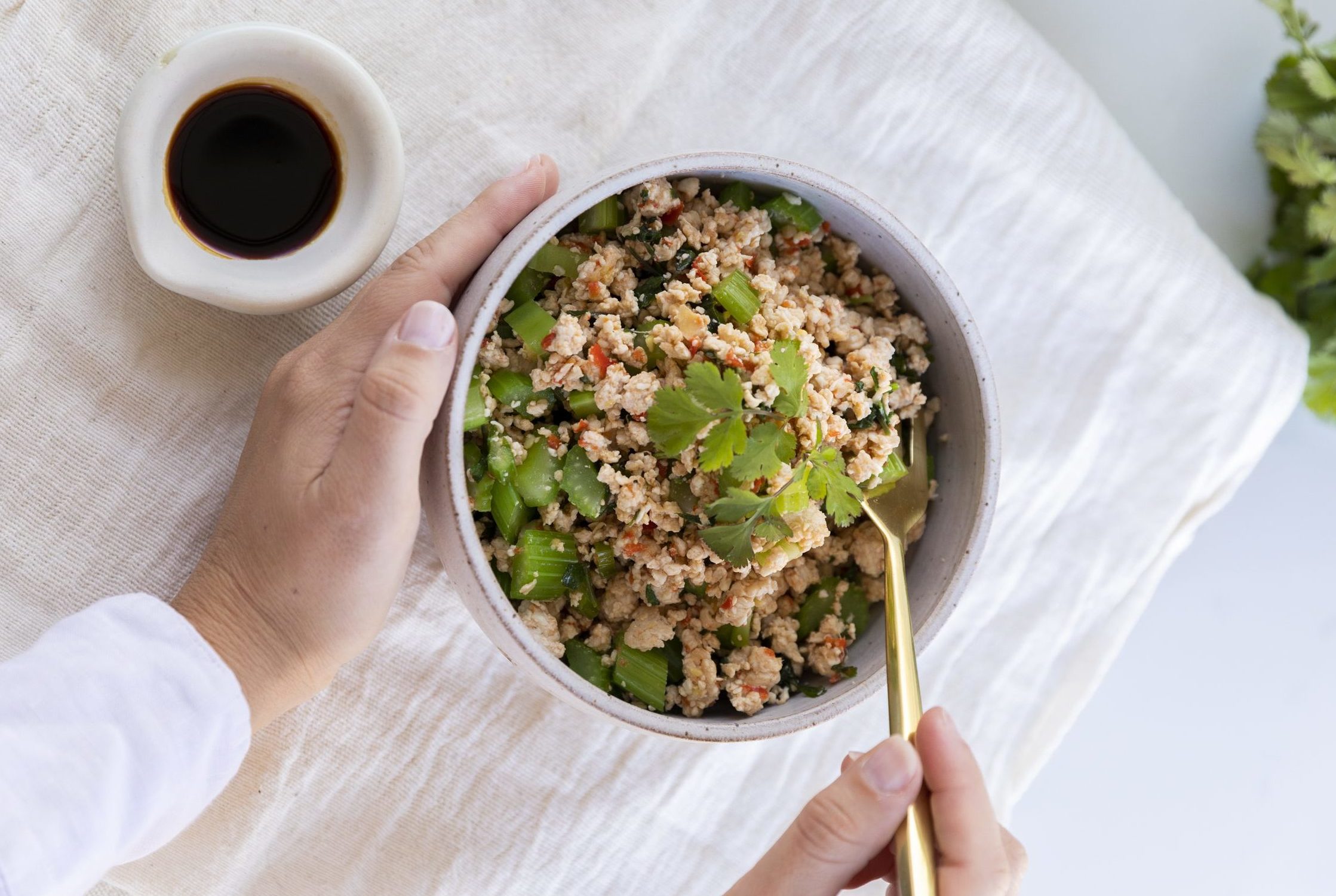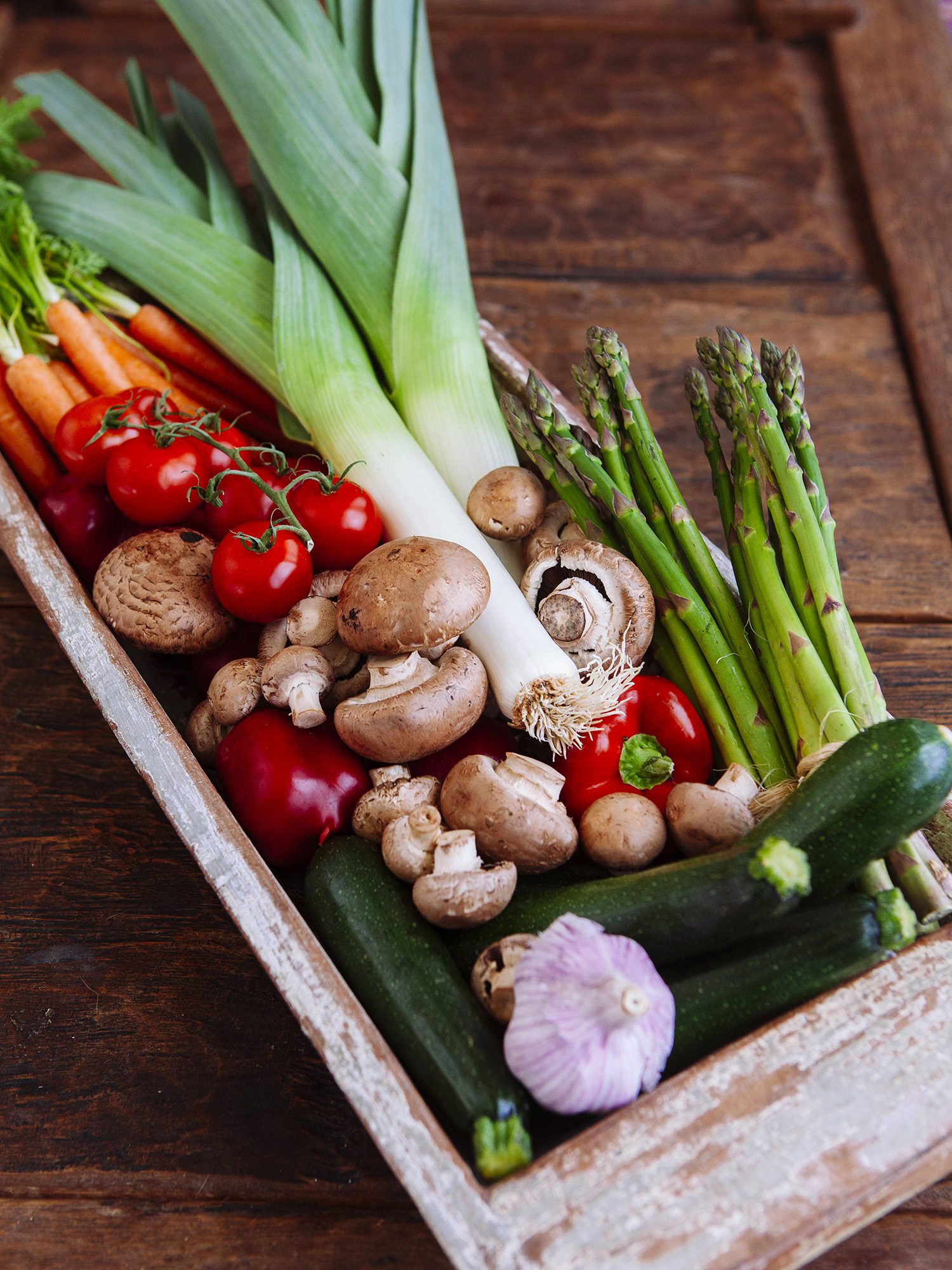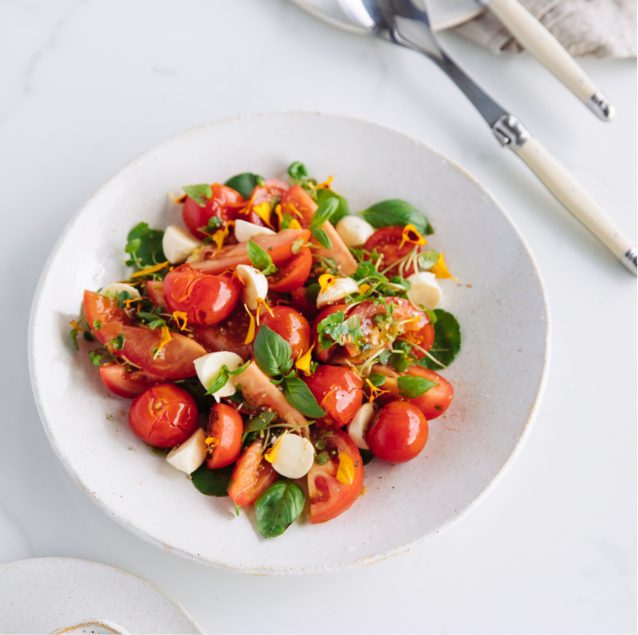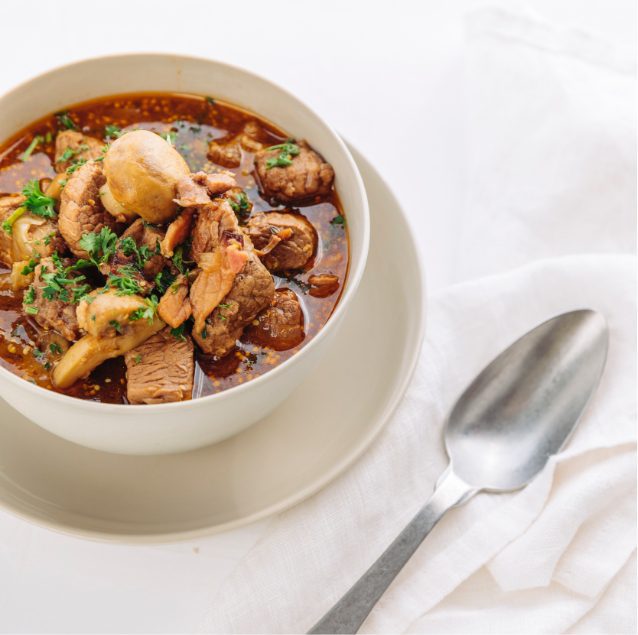Delicious and nutritious, seaweed is the superfood that’s full of healthy nutrients that can benefit your health.
When I was a whippersnapper, somewhere between the Lazy Susan in the local Chinese restaurant and learning Japanese at primary school, I developed a love and respect for all things Oriental.
In the Indian summers of the 1970’s, we would burn joss sticks, play the I Ching, the Chinese Book of Changes, and sing songs in Japanese all day long. We even had a primary school trip to Melbourne’s famous Teppanyaki Inn where we found ourselves at the tender age of 10 eating seaweed, drinking miso soup, fumbling with chopsticks, and marveling at the impeccable chefs flipping those very tasty treats we’d soon be dipping into sesame and soy sauces.
Seaweed has been a part of my diet for decades. More importantly, it has long been an essential part of the Japanese diet and noted for its healing properties in the East since 3000 BC.
Now modern cuisine is embracing those mineral-dense forests of the sea with algae-rhythmic abundance. Seaweed, also known as sea vegetables and kelp, are predominantly edible with varieties that include wrack, kelp, laver (nori), sea lettuce, and dulse. All varieties possess a highly concentrated source of nutrients, including high protein and iron content, with high levels of manganese, potassium, phosphorous, sodium, zinc, and calcium.
HEALTH BENEFITS OF KELP
Many seaweeds contain sizable amounts of vitamin A, B, C & D and are one of the few plant foods to produce vitamin B12, making it an excellent addition to a vegan diet. Nori is extremely high in protein and may also be used to crumble over salads and soups, while some are rich in fibre, iron and calcium and have a sweet delicate flavour. Seaweed has an alkalising effect on the blood and contains mucilaginous gels which have a rejuvenating effect on the lungs and gastrointestinal tract. Roasting kombu develops a rich salty, umami flavour, a little like liquorice.
In 2010 I certified with my master teacher, Paul Pitchford, author of Healing with Whole Foods who declares that sea vegetables and seaweeds are the highest plant source of minerals. Minerals in seaweeds (and any plant) are much more easily assimilated than minerals in supplements, which are often from non-living sources. By rotating various seaweeds through a diet, all minerals, including trace minerals, are made available.
Sea vegetables are classified as functional foods and are the richest source of magnesium including wakame, kombu, kelp, hijiki, arame and dulse. A fresh focus on the healing properties of seaweed are motivated by the interest in the bioactive components of seaweed, which have ‘potential applications in the lucrative functional food and nutraceutical industries’.
HOW TO EAT MORE KELP
Did you know that by adding seaweeds to legumes while they are cooking helps to soften them and also helps to detoxify them? For improved flavour and digestion, more nutrients, and faster cooking, place soaked kombu or kelp seaweed in the bottom of the pot. Add 1 part seaweed to 6 or more parts legumes. Use seaweed soaking water to cook grains and vegetables to boost the nutrient content.
Commercially packed seaweed snacks are readily available. When consumed in moderation, seaweed snacks are a good source of iodine and other nutrients. When overconsumed, the side effects may include thyroid problems, thyroid medication interaction, digestive discomfort and potential exposure to radiation and heavy metals.
Believe it or not, many seaweeds have as much protein and as many amino acids per gram as beef, according to a research review recently published. But wait, there’s more good news! There’s a naturally occurring compound in seaweed called Alginate that ‘may help control appetite and help people eat fewer calories. Many varieties also contain polysaccharides, which can improve gut health and “help to give you a feeling of satiety”’
Jackpot, I hear you cheer!
While nori sheets are used widely for sushi rolls the world over, the store-bought seaweed snacks are usually coated with oil and baked with salt and other seasonings until they become crispy. So my tip is to watch out for the kind of oil the seaweed is baked in, and also if there are any flavour enhancers and additives. The snacks are also high in sodium, so be sure to choose wisely, especially for folks on a low-sodium diet. But rest assured they are still a healthier alternative for potato chippies and crispy crackers!
Oh, and shy away from the monster-bright green seaweed dish on the sushi train – that little Kermit impersonator did not come naturally! Ingredients that might surprise you can include: high-fructose corn syrup, vegetable fat and oil, sugar, hydrolyzed protein, glucose, acidulant, food coloring – Yellow #4 and Blue #1. Yep, sorry!
FOUR WAYS WITH THE ‘WEED
Wakame – season with seaweed, and add to miso soup, salads, noodle dishes, and salad dressings.
Dulse – make gomasio, a tasty seasoning made from salt, dulse and sesame seeds.
Nori – you know what to do, roll it up! You can also crumble a sheet and add to salads, stocks and soups to boost the nutrient content.
Kombu – add a small strand to your stocks, slow cooked recipes, even bolognese to boost the nutrient content. Just discard before serving and the kids will never know!













